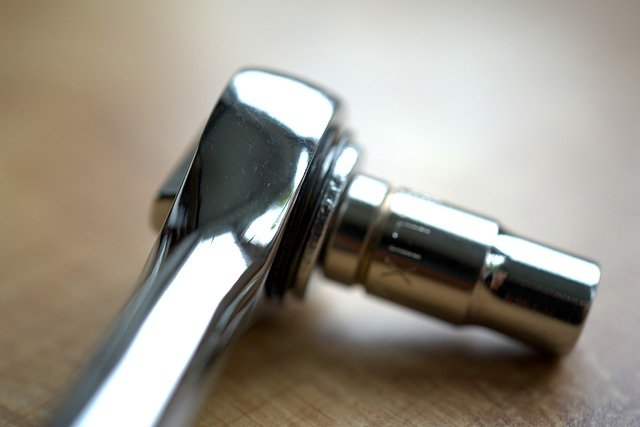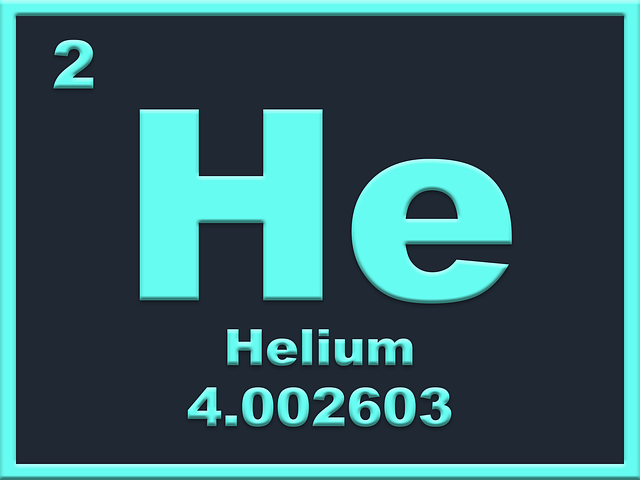Vanadium has a wide range of uses. The following are some of the uses of Vanadium.
It is used in batteries such as Vanadium flow battery or Vanadium redox battery.
Vanadium is suitable material for neutron capturing used in an inner structure fusion reactor.
It has non-corrosive and anti-rusting properties which makes it suitable for protecting steel from corrosion and rusting.
Compounds of Vanadium are used as catalysts. For example, Vanadium pent oxide (V2O5), is used as a catalyst in the Contact process in the production of Sulfuric acid.
Vanadium is used in surgical tools and instrument.
It is making strong alloy with other metals make it a good choice for crankshafts, axles, gears and frames.
How many valence electrons does vanadium have?
The electronic configuration of Vanadium is 1s2, 2s2, 2p6, 3s2, 3p6, 4s2, 3d3. Vanadium has five valence electrons 2 are in the 4s and 3 are in the 3d orbitals.
Who discovered vanadium?
Vanadium was discovered Spanish mineralogist Andrés Manuel del Río and named by Swedish chemist Nils Gabriel Sefström in 1831. It was first isolated by Henry Enfield Roscoe in 1867.
What is vanadium?
Vanadium is a chemical element that is has a standard atomic mass of 50.94 amu. Its atomic number is 23 and it is represented by the symbol V. In the Periodic table, it can be found in period 4 and group 5. It is a d-block element and a transition metal. It has a silver-grey colour and reactive in elemental form reacting with atmospheric oxygen forming the oxide. The oxide coating protects the metal from further oxidation. The electronic configuration of Vanadium is 1s2, 2s2, 2p6, 3s2, 3p6, 4s2, 3d3. Its electronegativity is 1.63 (Pauling scale) and its oxidation can be −3, −1, 0, +1, +2, +3, +4, +5 depending on the bonding atom electrons affinity and other properties.
Vanadium can be found in 65 different minerals and fossil fuel deposits. Vanadium is the 20th abundant element in Earth's crust. It is obtained from Uranium mining as a byproduct, from steel smelting slag or from fossil fuel. Its melting point is 2183 K ?(1910 °C, ?3470 °F) and its boiling point is 3680 K ?(3407 °C, ?6165 °F). It was discovered by Spanish mineralogist Andrés Manuel del Río in 1801 and name by Swedish chemist Nils Gabriel Sefström in 1831. It was first isolated by British chemist Henry Enfield Roscoe in 1867, pure Vanadium was produced in 1927 reacting calcium with vanadium pentoxide.
Vanadium has 24 artificial radioisotopes, one natural radioisotope and one naturally occurring stable isotope Vanadium-51.





